I photographed plenty of butterflies in 2009. I mean, I photographed plenty of other insects as well that year, I also photographed quite a few spiders and various macro stuff but this is a post about butterflies.
I had a Canon EOS 350D camera back then. My first and last digital SLR. When that one got damaged, I started using smaller, bridge cameras. The first of those was a gift from a friend who didn't need it anymore after buying a DSLR.
For the portraits in today's post, I also used a Canon RF 100mm f2.8 L Macro lens. If I remember correctly. Could have been some other, similar Canon 100mm f2.8 L Macro.
The final piece of equipment was the Canon Macro Ring Lite MR-14 EX. When it comes to this external flash, I'm a hundred percent sure about its name becouse I still have it.
With that said, let's start with the butterflies. I'll present them one by one, species by species.
This is the Aporia crataegi ...
... commonly known as black-veined white, a species from the Pieridae family.
Its partially transparent wings can provide plenty of fun if you like to play with light.

This is the Canon Macro Ring Lite MR-14 EX. I photographed it a couple of minutes ago. The ring is made to be mounted on the lens. But I never used it that way becouse the light it provides is flat and not particularly interesting. For these, and many other macro portraits I used to hold the camera in one hand and the ring in the other. That way, I was able to position the source of light above or slightly behind the insects, creating shots that accentuate the interesting textures and transparencies that insect anatomy offers.
In this set of four photographs, you can see four black-and-white portraits of the Aporia crataegi butterfly. Since this isn't a colorful species, its beauty is in the shape of the pronounced veins of its translucent wings, the black-and-white approach suits the insect very well.
In this shot, the powdery scales of the wings are accentuated while the other aspects that were prominent in the previous photographs are muted. It all depends on the direction from which the outburst of light is coming.
The Aporia crataegi larvae feed on plants from the Rosaceae family such as Prunus, Pyrus, and especially Crataegus species. All these plants are still very common here where I live, but the butterfly, once very common, is getting rarer every year.
This is the Lasiommata maera, commonly known as the large wall brown ...
... a species from the Satyrinae subfamily of the large and varied Nymphalidae family, the largest of all butterfly families.
In these two shots, you can take a peek at the upper surface of the wings completely hidden in the previous photographs.
I encounter these butterflies regularly on the rocky terrain near the sea but the species can be seen in many different habitats throughout Europe.
Larvae feed on various types of full-grown grass. I'll mention some of the species in the following sentence. Poa annua, Poa bulbosa, Poa pratensis, Festuca ovina, Festuca rubra, Festuca pratensis, Glyceria fluitans, Calamagrostis epigejos, Calamagrostis arundinacea, Calamagrostis varia, Deschampsia flexuosa, Agrostis capillaris, Nardus stricta, Dactylis, Lolium and Hordeum.
This is the Argynnis paphia ...
... commonly known as the silver-washed fritillary ...
... a beautiful species from the Nymphalidae family.
In this set of four photographs, you can follow me as I'm getting closer to the butterfly.
I rarely encounter this species nowadays.
Here you can see the Pieris rapae butterfly.
This species from the Pieridae family is commonly known as the small cabbage white.
This is one of only a few butterflies that are still as numerous here in my area as they were a couple of decades ago
The Pieris rapae shown in today's post is a female.
This is the Brenthis daphne ...
... commonly known as the marbled fritillary ...
... a beautiful butterfly from the Nymphalidae family.
The larvae feed on various species of blackberry shrubs (Rubus), the Sanguisorba officinalis plant, and various Filipendula species.
Here in my area, both adults and larvae can mostly be seen around the blackberry shrubs.
When I was a kid, swarms of these butterflies were feeding on blackberry flowers in summer.
Blackberry shrubs are still very numerous in the coastal areas near my hometown ...
... but I see only a few Brenthis daphne butterflies each year.
I was mostly in my house or garden this year, so I didn't see any.
This is the Polyommatus icarus, a small butterfly from the Lycaenidae family.
The common name of this species quite common throughout Europe is "common blue butterfly".
This is the Melanargia galathea. A male Melanargia galathea butterfly. In the following photograph ...
... you can see a female. The color and the markings are nicely shown in this shot but all looks pretty flat.
Here you can see the same scene in a different light. A light that shows the texture.
In this shot, another female is posing in a more baroque chiaroscuro ambiance.
Here you can see a male photographed in two slightly different ways.
Melanargia galathea is one of those species that are fortunately still very numerous here where I live.
It belongs to the Satyrinae subfamily of the Nymphalidae family ...
... and its common name is marbled white.
The larvae feed on various kinds of grass. Here are some of the species: Phleum pratense, Poa annua, Poa trivalis, Festuca rubra, Bromus erectus, Dactylis, Brachypodium pinnatum, Agrostis capillaris, Elytrigia, Holcus, Dactylis, Triticum, and Agropyron species.
Each year, many marble whites fly above the tall dry grass during the summer and feed on various flowers that produce flowers in the hot, dry season. In the evening, you can see them resting on the stems or grass and on the shrubs that surround the meadows.
The beautiful butterfly, shown in the following photograph ...
... is the Gonepteryx cleopatra ...
... commonly known as the Cleopatra butterfly.
This species belongs to the Pieridae family.
Since the butterfly wasn't in the mood to spread its wings I used the light to make them transparent and show the beautiful color on the upper surface.
In this shot, you can see a tiny ant climbing the wings.
The summer morning in the coniferous forest of Chicharia, the mountainous region about a hundred kilometers north of where I live was very quiet and so was the butterfly.
The Gonepteryx cleopatra larvae feed on the Rhamnus alaternus shrub.
These butterflies visit my garden sometimes.
This is the Boloria dia. In the following photograph ...
... you can see the same butterfly photographed in a slightly different light.
Here you can take a good look at the upper surface of its wings.
The common name of this butterfly is violet fritillary ...
... and the species belongs to the Nymphalidae family.
The larvae feed on various violet species. Here in my area, mostly on Viola odorata.
Viola odorata isn't a rare plant in my area, but ...
... but in my experience, Boloria dia is a pretty rare butterfly.
This is the Pyronia tithonus ...
... commonly known as the gatekeeper or hedge brown, a species from the Satyrinae subfamily of the Nymphalidae family.
Here you can take a good look at the lower surface of its spread wings, while in the following photograph ...
... you can see the upper surface.
Here the focus is on the lower surface again but the wings are photographed in different light.
Gatekeeper larvae feed on various grasses. I'm not in the mood to list all those species of grass anymore.
This is the Melitaea phoebe ...
... yet another species from the large and varied Nymphalidae family.
The butterfly has spread its wings in this shot.
In this photograph, the Melitaea phoebe is posing on the Aetheorhiza bulbosa flower, while in the following one ...
... another butterfly of the same kind, another Melitaea phoebe, that is, is posing on the small wild orchid scientifically known as the Ophrys bombyliflora.
In this tryptich, you can see three portraits of the third Melitaea phoebe I prepared for today's post. The light is changing pretty dramatically from shot to shot.
In this photograph, I came closer to the butterfly that was posing on the ear of grass.
The species is commonly known as the knapweed fritillary and is still relatively numerous here where I live. The larvae feed on Plantago and Centaurea species.
This is the Satyrium ilicis, commonly known as the ilex hairstreak ...
... a lovely small butterfly from the Lycaenidae family that was feeding on the Helichrysum italicum flowers when these photographs were taken. The larvae feed on Quercus, Ulmus, and Prunus trees. And on the Rhamnus cathartica plant that can grow as a shrub or small tree.
Here you can see a species from the Pieridae family for a change.
This is the Leptidea sinapis ...
... commonly known as the wood white butterfly. The backlight made the black mark on the upper surface of the forewings visible in some of these shots.
This is the Thymelicus lineola, the only species from the Hesperiidae family you'll see in today's post.
This is the Colias croceus, commonly known as the clouded yellow. The species belongs to the Pieridae family.
The butterfly was posing on the flowerhead of the Achillea millefolium plant and was photographed in a slightly different light in each of the four photographs.
Here you can see another butterfly of the same species. This one was posing on the blade of grass. In each of the four photographs, yes, yes, I know that the photographs are only two right now, but wait a bit and you'll see what follows ...
... as I was saying, the butterfly was photographed in a slightly different light in each of the four shots.
This is yet another species from the Satyrinae subfamily of the large and varied Nymphalidae family.
The butterfly is commonly known as the small heath and scientifically as Coenonympha pamphilus.
The scientific name of this species is Minois dryas. The common one is dryad. Just like in the case of the previous species the subfamily is Satyrinae, and the family is Nymphalidae. These butterflies can't be found in my area. The one shown in the post was photographed about a hundred kilometers north of where I live.
The last butterfly I'm presenting today belongs to the same subfamily of the same family. The name of the species is Brintesia circe, commonly known as the great banded grayling.
AND THAT'S IT. AS ALWAYS HERE ON HIVE, THE PHOTOGRAPHS ARE MY WORK - THE END.
The following links will take you to the sites with more information about some of the protagonists of this post. I found some stuff about them there.
https://en.wikipedia.org/wiki/Aporia_crataegi
https://en.wikipedia.org/wiki/Lasiommata_maera
https://en.wikipedia.org/wiki/Silver-washed_fritillary
https://en.wikipedia.org/wiki/Pieris_rapae
https://en.wikipedia.org/wiki/Brenthis_daphne
https://en.wikipedia.org/wiki/Common_blue
https://en.wikipedia.org/wiki/Melanargia_galathea
https://en.wikipedia.org/wiki/Gonepteryx_cleopatra
https://en.wikipedia.org/wiki/Boloria_dia
https://en.wikipedia.org/wiki/Gatekeeper_(butterfly)
https://en.wikipedia.org/wiki/Melitaea_phoebe
https://en.wikipedia.org/wiki/Satyrium_ilicis
https://en.wikipedia.org/wiki/Leptidea_sinapis
https://en.wikipedia.org/wiki/Essex_skipper
https://en.wikipedia.org/wiki/Colias_croceus
https://en.wikipedia.org/wiki/Small_heath_(butterfly)
https://en.wikipedia.org/wiki/Minois_dryas
https://butterfliesofcroatia.com/brintesia-circe/





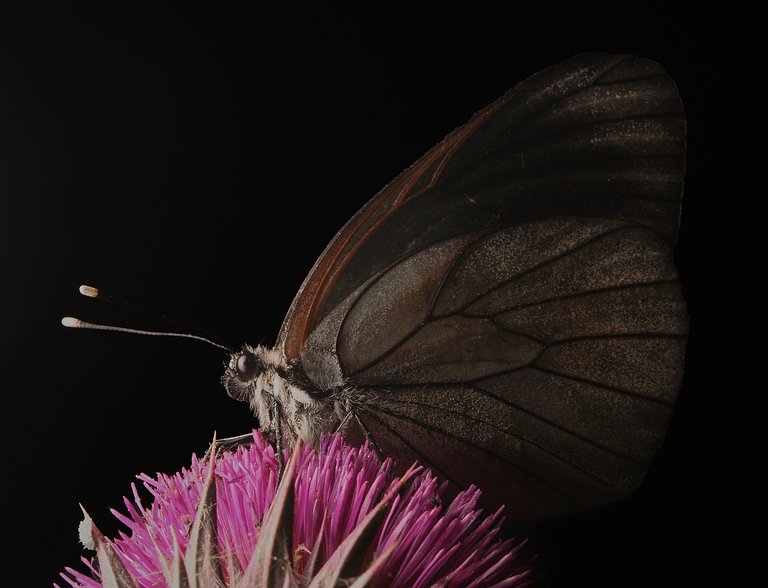


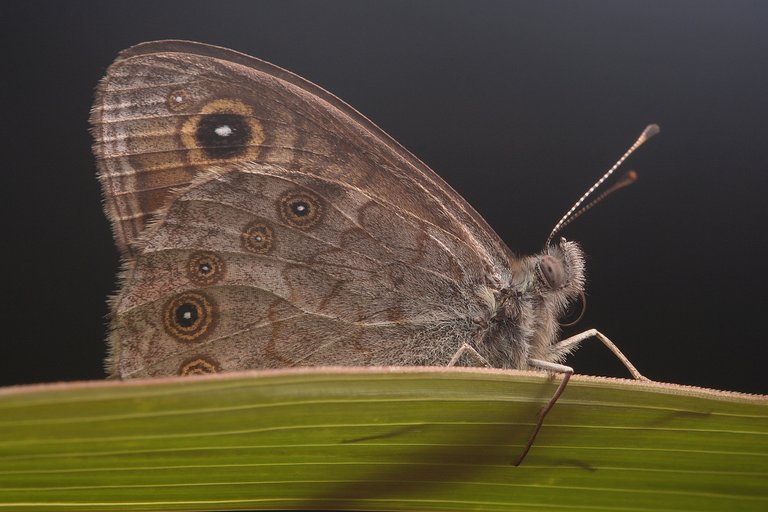











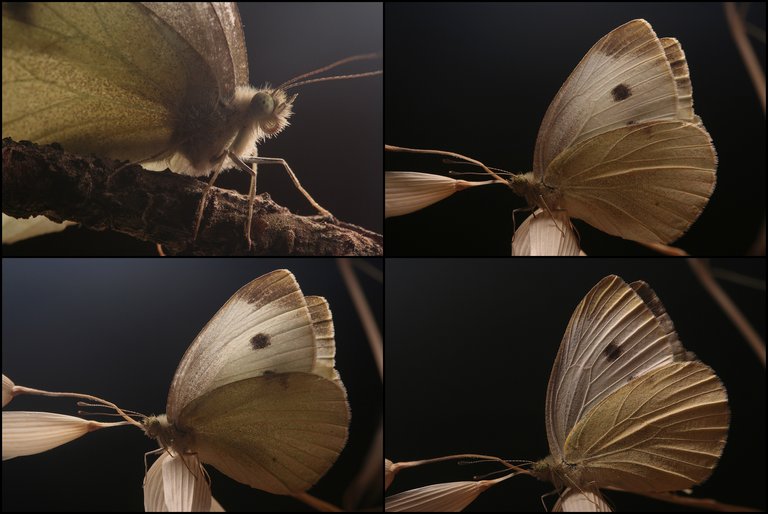

























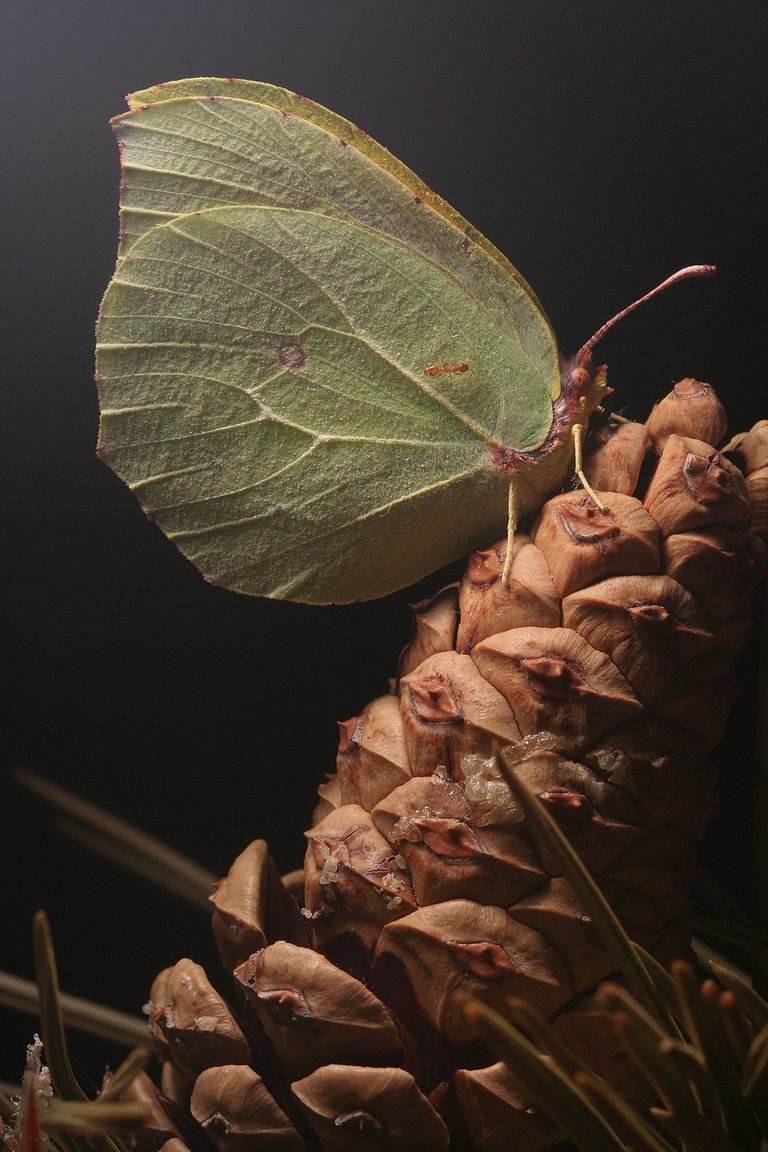








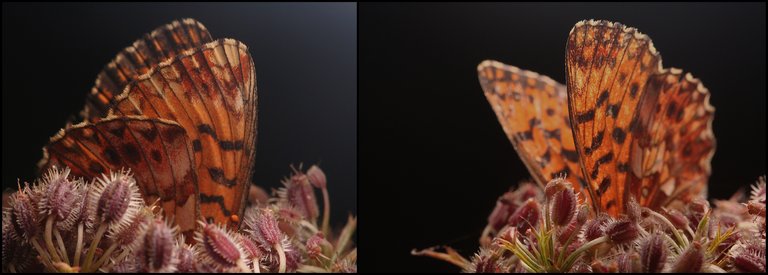















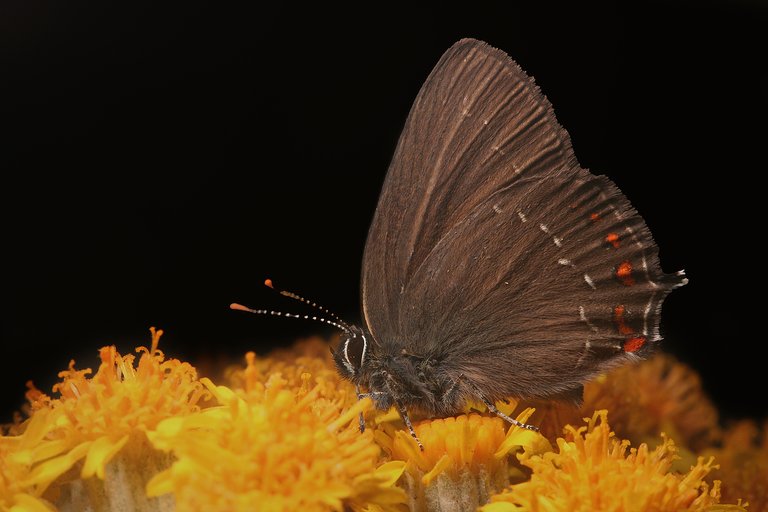







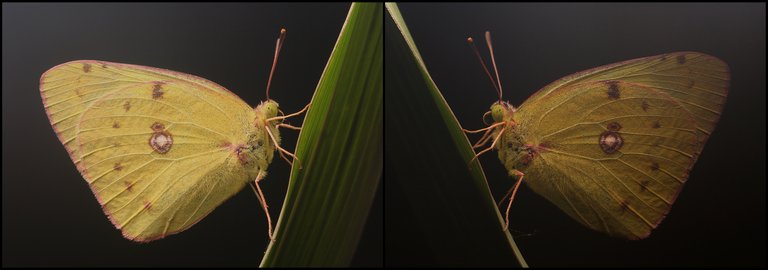





wow just wow, I can't forget the time when we used to go into the park and run behind these little creature to catch them, i don't know we were doing right or wrong, but we catch them in put them in the empty match box and in doing so, may have killed some, but it was only due to the love i have for them.
Want to Know more about Hivepakistan?
Ping Us On Hive Pakistan Discord server
To support HivePakistan, delegate Hive Power to hivepakistan and earn 90% curation reward :)
Here are some handy links for delegation
A delegation of 500 or more HP makes you earn Hivepakistan supporter badge.
Yes 🙂 I was also doing that as a child. On one occasion my father took a matchbox filled with moths instead of the one with matches, tried to light a cigarette during the lunch break, and then ...
This post was shared and voted inside the discord by the curators team of Discovery-it in collaboration with Visual Shots community.
Discovery-it is also a Witness, vote for us here
Delegate to us for passive income. Check our 80% fee-back Program
The eyes on the Lasiommata maera's wings are so cool in the 3rd and 5th photos. My computer is crawling this AM so I couldn't get the rest to load. I wish I had been able to, love to see all the butterflies...sigh...
Wow!... Great "art shots" on butterflies!
!discovery shots
!VSC
@jlinaresp has sent VSC to @borjan
This post was rewarded with 0.1 VSC to support your work.
Join our photography communityVisual Shots
Check here to view or trade VSC Tokens
Be part of our Curation Trail
@jlinaresp ha enviado VSC a @borjan
Éste post fue recompensado con 0.1 VSC para apoyar tu trabajo.
Únete a nuestra comunidad de fotografía Visual Shots
Consulte aquí para ver o intercambiar VSC Tokens
Se parte de nuestro Trail de Curación
This is so amazing, it a butterfly world 🌎 day 🤣🤣🤣👍, we have different kinds of butterfly 🦋🦋. I know they will be happy to see you posting their pictures in the Blockchain 🥰🥰🥰🥰.
Yes, being showy, butterflies are probably happy to be published on Hive. 😃If you happen to photograph some species from your part of the world, I'll gladly see them.
I will try to get some photos by weekend 🥰🥰🦋🦋🦋🦋, thanks very much.
Yay! 🤗
Your content has been boosted with Ecency Points
Use Ecency daily to boost your growth on platform!
Support Ecency
Vote for new Proposal
Delegate HP and earn more, by @borjan.
The rewards earned on this comment will go directly to the people( @jlinaresp ) sharing the post on Reddit as long as they are registered with @poshtoken. Sign up at https://hiveposh.com.https://reddit.com/r/blogs/comments/17xixxu/portraits_of_butterflies/
I finally got the photos to load and loved looking at all the butterflies.
🦋🙂🦋
Unique little butterfly artworks. I am so inspired to create a colorful butterfly!
I'm glad these photographs have inspired you. 🙂 Butterflies display interesting shapes and colors on their wings.
very cool pictures of butterflies
I have always loved butterflies and your photos have deepened my love for them.Portraits are great especially the patterns that one gets lost in when looking at them.
🤗🙂
Wow truly lovely. Soo elegant and awesome. I love it
#hive #posh
Canon EOS 350D has great shots. Those photos of different kinds of butterflies are excellent.
Butterflies are just beautiful when viewed. I love the way their wings are in terms of so many colours.
You have done a brilliant job here. Welldone ....
This is beautiful 😍 I love it 🦋👏😎
You're an awesome man mostly in photography. 🍻🏆
Thank you. 🙂 Glad you like the post ... or, said in a more colorful way ...

Of course bro I really admire your works. 💯😉🤙🥂
The admiration is mutual. 🙂Have a great day.
WoW! These are truly magnificent Butterfly macro shots. Possibly the best photos I've seen on Hive in a long time. The way you experimented with the various "lighting and angles" most definitely gave amazing results. Quite spectacular really, to be honest !VSC 👌
Have a great day or evening Borjan & keep Staying !ALIVE & focused !LOL 🙃
@fun.farms has sent VSC to @borjan
This post was rewarded with 0.1 VSC to support your work.
Join our photography communityVisual Shots
Check here to view or trade VSC Tokens
Be part of our Curation Trail
@fun.farms ha enviado VSC a @borjan
Éste post fue recompensado con 0.1 VSC para apoyar tu trabajo.
Únete a nuestra comunidad de fotografía Visual Shots
Consulte aquí para ver o intercambiar VSC Tokens
Se parte de nuestro Trail de Curación
You Are Alive so I just staked 0.1 $ALIVE to your account on behalf of @ fun.farms. (5/10)@borjan!
The tip has been paid for by the We Are Alive Tribe
 through the earnings on @alive.chat, feel free to swing by our daily chat any time you want, plus you can win Hive Power (2x 50 HP) and Alive Power (2x 500 AP) delegations (4 weeks), and Ecency Points (4x 50 EP), in our chat every day.
through the earnings on @alive.chat, feel free to swing by our daily chat any time you want, plus you can win Hive Power (2x 50 HP) and Alive Power (2x 500 AP) delegations (4 weeks), and Ecency Points (4x 50 EP), in our chat every day.
lolztoken.com
Thank you for being an !LOLZ supporter.
You must be killin' it out here!
10.000 PIMP@lolz.pimp just slapped you with , @fun.farms.
You earned 10.000 PIMP for the strong hand.
They're getting a workout and slapped 3/4 possible people today.
Read about some PIMP Shit or Look for the PIMP District
Thank you. 🙂 Glad you like this macro stuff ... or, said in a more colorful way ...
Very beautiful butterfly photos, I like the way you photograph them
Congratulations @borjan! You have completed the following achievement on the Hive blockchain And have been rewarded with New badge(s)
Your next target is to reach 420000 upvotes.
Your next target is to reach 9500 comments.
You can view your badges on your board and compare yourself to others in the Ranking
If you no longer want to receive notifications, reply to this comment with the word
STOPTo support your work, I also upvoted your post!
Check out our last posts:
Cool. The numbers are rolling, things are moving.
Have a nice day 😄
Awww! So many beautiful butterflies. I guess today is specially for them. Just look how amazing they are. You are so good at this photography thing.
The photos are so nice and looking at every shot of it I thought I was seeing a scene of butterflies from a movie lol.
😃 With the dark background in each frame it could be a horror with butterflies attacking people like birds in Hitchcock's movie. 😂
It's really amazing without words I have to say where is the collection of butterflies I saw a lot of butterflies this new one I'm very beautiful and cute I all like it
🙂

Your butterflies into my gallery are very numerous and all are good. I want to ask Canon Macro Ring Lite MR-14 EX. That's how much it costs
I don't remember how much I paid in 2009.
I checked the Internet and I saw a few different prices. I am sending you the links so you can explore a bit of what the Internet has to offer.
https://www.amazon.com/Canon-MR-14EX-Macro-Digital-Cameras/dp/B00004WCI7 https://www.ebay.com/p/99548732
Maybe there are better flashes of the same or similar kind on offer nowadays.
The good thing is that you have saved so many old pictures either our mobiles get broken or we change laptops and our data is lost.
Yes, I lost some data too in my life. 🙂
Yeah.
Waw, this is a real butterfly paradise, they are so beautiful that even I don't know what to say
Fritillary marble, really caught my attention, the color is really beautiful, plus the photos you shared are really amazing, once again waww
🙂

These buterflies are damn cute, more like they were posing for a photoshoot😂😂😂
Yes 😀 The artificial light makes them look like models in the studio.
Lol aswear cute models and you did a good job capturing them.
Wow what a lot of butterflies and are so amazing
It's beautiful pictures black and white